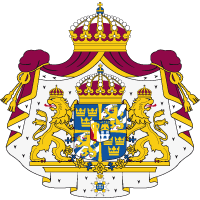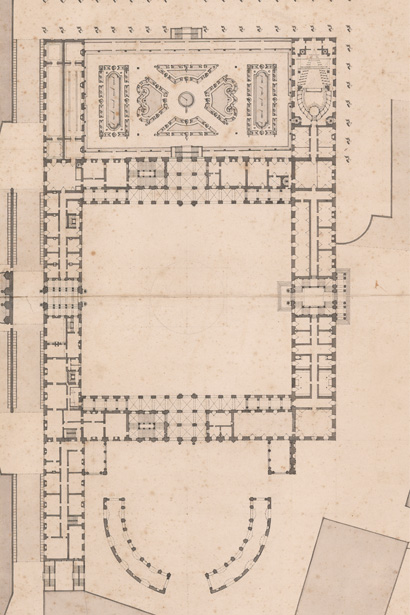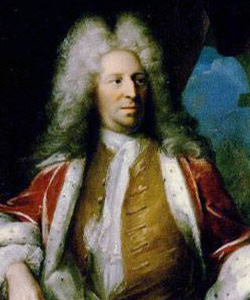Nicodemus Tessin the Younger 1654–1728
Following his father's death, Nicodemus Tessin the Younger took over as architect at Drottningholm Palace. He also designed the Baroque garden, and the main technical inspiration for supplying water to the fountains came from the Palace of Versailles.
Tessin the Younger's ability to use influences from his study trips to create functional buildings for the Nordic climate and culture has made him one of Sweden's most influential and best-known architects.
The transformation of Stockholm Palace began in 1692 with its northern wing. After the great palace fire of 1697, the conditions changed and an entirely new palace building was to be constructed. The Office of the Superintendent was established that same year at Tessin's initiative, with responsibility for all royal buildings and gardens. Tessin himself became Sweden's first Superintendent.
In 1713, Tessin drew up an overview plan for the palace's surroundings, which were to be embellished and made grander. When it became clear that the completion of Stockholm Palace would be a drawn-out process, he wrote manuscripts with instructions on how the palace should be completed. Tessin died in 1728, the year after the decision was made to restart construction of the palace. He was succeeded by his son Carl Gustaf Tessin.
Stockholm Palace, plan for the ground floor with details of location. Approved plan after the palace fire of 7 May 1697.











